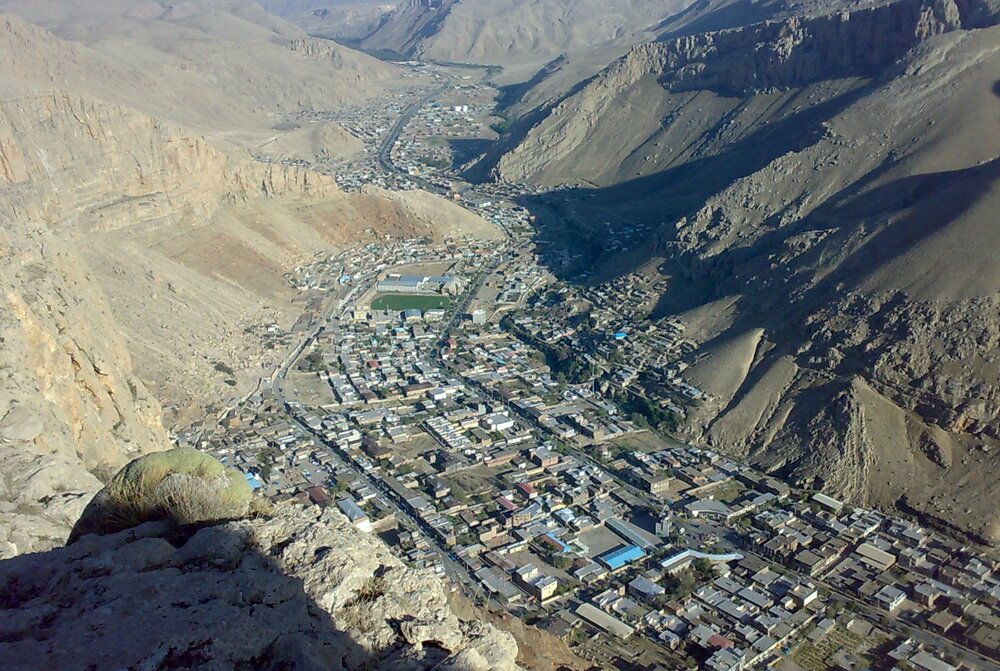Commodities worth $60m exported from Maku free zone in a year

TEHRAN- Value of exports from Maku Free Trade-Industrial Zone in Iran’s northwestern province of West Azarbaijan hit $60 million in the past Iranian calendar year (ended on March 19), the managing director of Maku Free Zone Organization told IRIB.
Mohammadreza Abdolrahimi referred to the target of boosting the exports from the free zones by ten percent and said Maku free zone has increased the exports by eight percent.
Saying that there are many capacities for production and exports in this zone, the official reiterated that boosting investment making in Maku will expand the exports, especially to the neighboring countries.
As Maku is among the most newly-established and also the largest free zones of the country, there is a high need for the creation of an infrastructure in this zone, he further stressed.
Maku is one of the seven major free zones of Iran.
Establishment of free trade zones in Iran dates back to the Iranian calendar year 1368 (March 1989- March 1990) following the fall in the country’s oil income in the preceding year which prompted the government to promote the non-oil exports.
The first two free trade zones of Iran were established in the south of the country. The first one was Kish Free Trade Zone established in 1368 on Kish Island in the Persian Gulf and the second one was Qeshm Free Trade Zone established the year after on Qeshm Island in the Strait of Hormuz.
Some five other free trade zones have been also established in the country since then, including Chabahar in southeastern Sistan-Baluchestan Province, Arvand in southwestern Khuzestan Province, Anzali in northern Gilan Province, Aras in East-Azarbaijan Province and Maku in West-Azarbaijan Province, both in the northwest of the country.
Considering the important role that the free trade zones play in promoting the country’s export and employment, Iran is seriously pursuing the development of its existing zones and establishment of new zones as well.
More development measures in this field have been taking since the U.S. re-imposition of sanctions on the Iranian economy in November 2018, as Iran is reducing its dependence on the oil income while elevating its domestic production and non-oil exports.
Although the sanctions have disrupted Iran’s economic activities, they could not impede the development of Iranian free zones; in fact, the development of these zones has been even accelerated.
Many strides made for increasing activities in the free zones have played a significant part in boosting the country’s non-oil exports and brought prosperity in the other economic sectors.
MA/MA
Leave a Comment